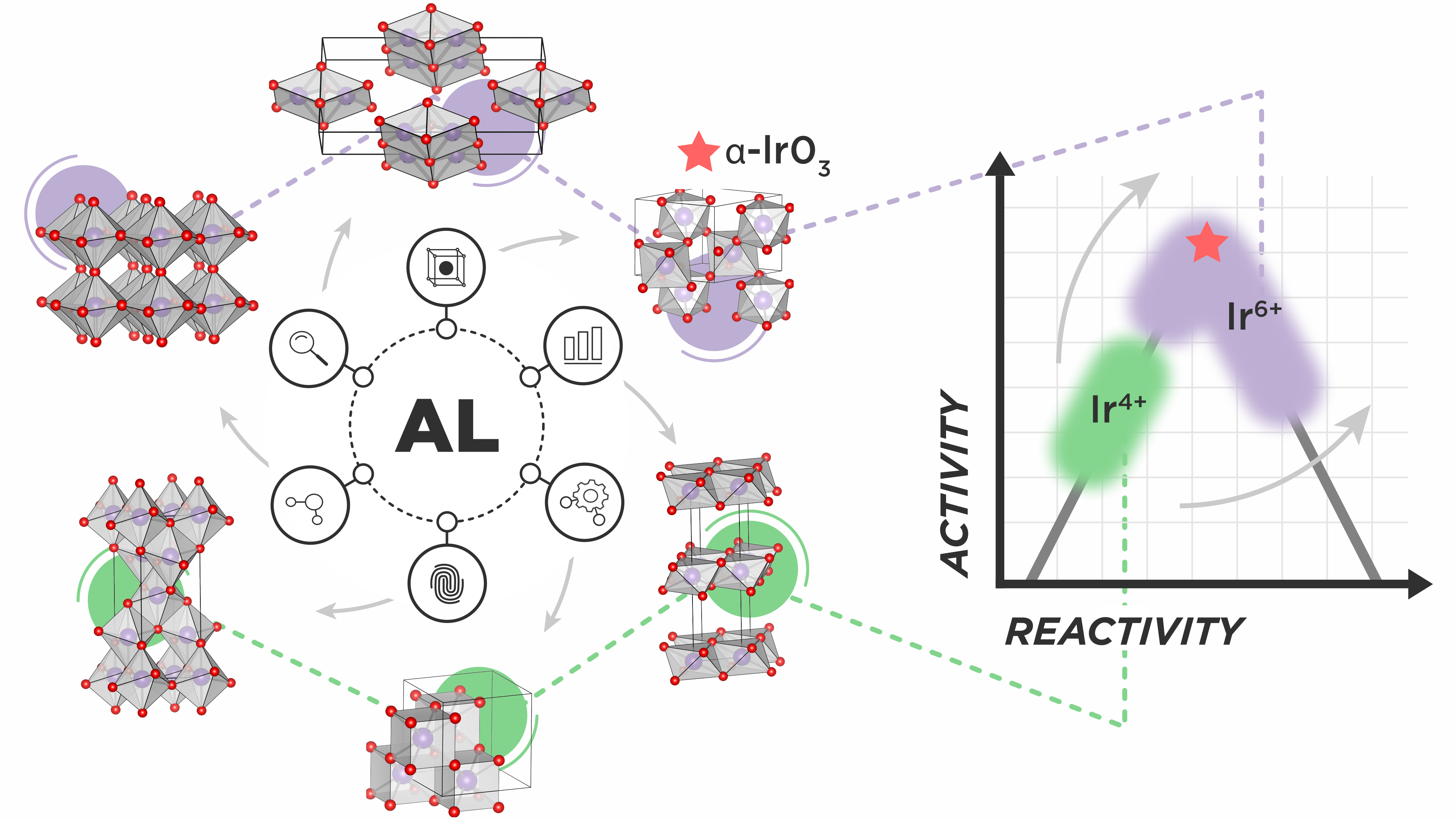2020 Virtual AIChE Annual Meeting
(513fj) The Relationship between Bulk Crystal Structure and Surface Reactivity for Machine Learned Iridium-Oxide Polymorphs
Authors
Raul Flores - Presenter, Stanford University
Michal Bajdich, SLAC STANFORD
Jens Nørskov, Stanford University
Kirsten Winther, SLAC National Accelerator Laboratory
A substantial effort in the theoretical modelling of surface catalysis has been devoted to understanding the relationship between the surface structure and activity. In parallel, recent advances in the synthesis and stabilization of metastable polymorphic phases has been another promising route toward the design of catalytic materials with desired properties via the control of bulk crystal structure. What is needed is a thorough mechanistic understanding of the relationship between bulk crystal structure, surface structure, and catalytic binding trends. This has been a challenging task due to the lack of extensive polymorphic metal-oxide datasets. Herein, we will address this short-coming by presenting an extensive dataset of stable and hypothetical Ir-oxide polymorphs, generated through a machine learning accelerated active learning algorithm. This data set encompasses a wide range of structural motifs including local coordination environment and symmetry groups. We will present catalytic trends for surfaces constructed from our polymorph dataset and will demonstrate the factors underlying the effect of bulk crystal structure on surface activity.


